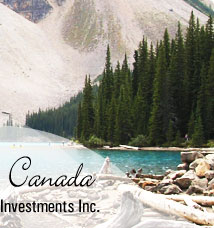|
|
|
|
|
|
 |
|
|
|
|
Education in Canada is within provincial jurisdiction and the
curriculum is overseen by the province. Education in Canada is generally
divided into Elementary (Primary School, Public School), followed by
Secondary (High School) and Post Secondary (University, College). Within
the provinces under the ministry of education, there are district
school boards administering the educational programs. Education is
compulsory up to the age of 16 in every province in Canada, except for
Ontario and New Brunswick, where the compulsory age is 18. In some
provinces early leaving exemptions can be granted under certain
circumstances at 14. Canada generally has 190 school days in the year,
officially starting from September (after Labour Day) to the end of June
(usually the last Friday of the month, Wednesday in some Ontario
schools).
Vocational training can be subsidized via the Department of Labour.
Junior Kindergarten (or equivalent) as an official program exists only
in Ontario currently. Kindergarten (or its equivalent) is available in
every province, but provincial funding and the number of hours provided
varies widely. Starting at grade one, at age six or seven, there is
universal publicly funded access up to grade twelve (or equivalent).
Dependent on the province the age of mandatory entry is at 4-7 years.
Children are required to attend school until the age of sixteen (Age 18
in Ontario and New Brunswick). About one out of ten Canadians does not
have a high school diploma ? one in seven has a university degree ? the
adult population that is without a high school diploma is a combination
of both immigrant and Canadian-born.
|
|
|
|
|
|
|





